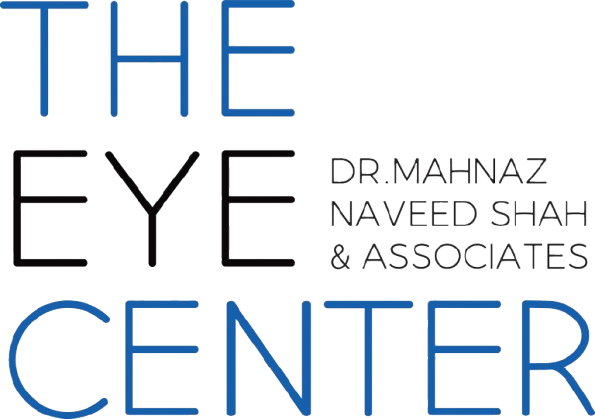Anisometropia refers to an imbalance in focus between the two eyes caused by different refractive powers in the two eyes (glasses prescription). This frequently results in asymmetric curvature (astigmatism), asymmetric far-sightedness (hyperopia), or asymmetric near-sightedness (myopia) because one eye is somewhat different in size or shape from the other.
Children who have anisometropia may develop amblyopia (lazy eye), as the brain instructs the eyes to focus equally in each eye. One eye will be blurrier than the other if the refractive powers of the two eyes are not equal. Consequently, the brain is unable to coordinate the eyes. The eye with the clearest vision or the least refractive error will be chosen by the brain. The eye with the hazy vision will not receive attention and won’t form a solid neural connection with the brain. If this is not addressed, it results in that eye having permanently poor vision.
You might not be aware that your child has one eye that is not functioning properly until they have a crossing or wandering eye. Since children typically have both eyes open, can function just well with one eye closed, and are not aware that one eye sees better than the other, there are no obvious symptoms. Most frequently, a vision screening at school or a vision exam by your child’s paediatrician will detect it.
Anisometropia should ideally be detected and treated by 3–4 years of age, preferably during preschool (and even younger when possible). Please discuss screening your child for anisometropia with your paediatrician or paediatric ophthalmologist if you have any concerns.
Getting glasses to balance out the disparity between the eyes is the first step (or contact lenses in certain cases). The brain may just require this to begin coordinating the use of both eyes, but the glasses or contact(s) must be worn regularly as directed. You will need to make the brain pay attention to the “lazy” eye if vision in that eye has not significantly improved with glasses or contact(s) alone. This can be accomplished by covering or patching the stronger eye, blurring the stronger eye with a drop, or adding filters to the glasses.
While a child’s prescription for glasses does change as they mature, the disparity between the two eyes may still exist. In general, if a child receives treatment while they are younger, the treatment to strengthen the brain-eye connection will be more successful. The child’s age, whether the recommended course of treatment is taken, and how the child’s eyeglass prescription evolves all have a significant impact on the visual outcome.
At The Eye Center- Dr. Mahnaz Naveed Shah & Associates our team of eight ophthalmology subspecialists/ eye specialists, eye surgeons who are considered amongst the very best eye specialists in Karachi and in Pakistan, have the diagnostic and treatment capabilities to treat from the simplest to the most complex patients. We work hard to provide our patients with the best possible medical and surgical eye care, in a state of the art purpose built eye care facility. We offer the entire array of medical, laser and surgical treatments to help provide patients the best possible care in the most efficient, safe and ethical manner.
If you need an appointment, please contact us at 03041119544 during our working hours or leave us a WhatsApp message at +923028291799 and someone will connect with you. Walk-in appointments are also available for emergencies. We can also be reached through our web portal on www.surgicaleyecenter.org
